
“Keep Calm and Be a Superstar” Chinese Theatrical Poster
Director: Vincent Kok
Cast: Eason Chan Yick-shun, Li Rong-Hao, Cui Zhi-Jia, Li Yi-Tong, Zheng Ji-Feng, Danny Chan Kwok-kwan, Wilfred Lau Ho-Lung, Hui Siu-Hung, Chris Collins, Vincent Kok Tak-chiu , Edward Ma, Lam Tze-Chung, Steven Fung
Running Time: 98 min.
By Paul Bramhall
Most fans of Hong Kong cinema will be familiar with Jackie Chan and Wong Jing’s reported inability to get along while making City Hunter in 1993. As a director, Jing’s hurried production style didn’t sit well with Chan’s perfectionist tendencies, and the pair have never worked together again since. Jing apparently had such a miserable time making his own movie, that 2 years later, seemingly out of nothing else but spite, he made High Risk. Casting Jacky Cheung as a world famous action star, renowned for doing his own stunts, in reality he’s always doubled by his bodyguard (played by Jet Li, who later apologised to Chan for starring), and is as cowardly as he is vain. An obvious send-up of Chan’s own persona, one that was being heavily cultivated at the time through the release of Rumble in the Bronx (and its famous tagline – ‘No Fear. No Stuntman. No Equal.‘), High Risk remains a guilty pleasure.
Skip forward to the present day, and director Vincent Kok is another filmmaker that’s worked with Chan, when he helmed the stars 1999 production Gorgeous. There was certainly never any coverage at the time, or even in the almost 20 years that have passed since, of director and star having similar issues, but nevertheless Kok’s latest undeniably feels like a spiritual companion piece to High Risk. Billed as a riotous sendup of Hong Kong’s golden age of action, KCABAS (as I’ll refer to it from here on in) feels like it’s at least 20 years late in terms of the movies its jokes riff on, however it’s also for this exact reason that many HK film fans will have such a good time with it.
Chinese singer-songwriter Li Rong-Hao makes his big screen debut playing a private detective, one with a penchant for classic Hong Kong action movies, who finds himself recruited by the cops to go undercover and investigate a famous action stars links to a Thai drug kingpin. The star in question, amusingly named Yuen Bao, is played by one of the most familiar faces of the 00’s HK cinema scene, Eason Chan (Heat Team). Posing as film crew on the set of Chan’s latest movie, The Time Adventurer (a nod to Yuen Biao’s own Iceman Cometh), Rong-Hao soon finds an opportunity to get close to Chan when he saves him from an on-set accident. The question is, can he complete his mission when faced with such distractions as studying the action choreographers at work, falling for one of the extras (Li Yi-Tong), and dealing with Chan’s shady manager, played by Danny Chan Kwok-Kwan (Bruce Lee from Ip Man 3).
The answer of course is yes, however just like many of the Hong Kong movies its spoofing, KCABAS is less concerned with the plot, and more about how many skits it can fit into its lean 95 minute runtime. In many ways Kok’s latest feels like a Hong Kong incarnation of The Naked Gun, with a bombardment of jokes constantly assaulting the screen, regardless of how many of them hit the mark. Rong-Hao makes for a likeable lead, and essentially acts as a proxy for the audience, as the wonder he shares at being part of a Hong Kong action movie is one that likely many of us have fantasised about as well (along with, let’s admit it, Shu Qi). However the show really belongs to Eason Chan, who hams things up to eleven and is visibly having a great time. His role latches on to many of the ‘too good to be true’ elements of Jackie Chan’s persona, and annihilates them to shreds in frequently hilarious ways.
From his complaints on only ever receiving awards for his action, but never his acting, to at its most blatant a sendup of the well circulated rumour that one of the outtakes from Armour of God II: Operation Condor was in fact performed by a stuntman, but the aftermath was staged to make it look like it was Chan. These scenes work so well because of their basis in reality, and could well be considered more on the nose than anything found in High Risk. However the fact that KCABAS has been made as a good natured romp, rather than a slap in the face, most likely allowed Kok to get away with a lot.
Outside of the constant skits, there’s an underlying theme that speaks of the need to be true to oneself, with both Chan and Rong-Hao sharing a love of the rousing ‘Police Story’ score, which is used as a motif throughout. It’s ironic that one of Jackie Chan’s most instantly recognizable songs is utilized more effectively in a movie in which he doesn’t feature, than it is when he recently re-recorded it in Mandarin for the God awful Bleeding Steel, but as this point in his career its perhaps to be expected. Much like George Lucas and Star Wars, movies like KCABAS show a greater understanding of why Jackie Chan is so popular than Chan himself does based on his recent output.
Kok doesn’t just limit the spoofing to the golden era of the aging actions stars career, with plenty of Hong Kong cinema references being joyously thrown in along the way. Similar in style to Xu Zheng’s Lost in Hong Kong (a movie which remains criminally under-watched by fans of HK cinema), KCABAS throws in plenty of meta-references, with recreations of scenes in Infernal Affairs, to jabs at Cold War, to namedropping the likes of Stephen Chow and Maggie Cheung (who has an acting style hilariously named after her). While pokes at more recent Mainland fare may be conspicuous in their absence (a franchise like Wolf Warrior seems ripe for spoofing), the resulting risk of being blacklisted makes it understandable, and if anything only serves to make KCABAS feel exclusively Hong Kong.
Of course any movie about Hong Kong action, send-up or not, should feature some, and here it’s choreographed by Sammo Hung’s son Jimmy Hung (the one who looks like Sammo spent a night of passion with Andy Lau). KCABAS marks the younger Hung’s sophomore venture into action directing, with his only other credit being the 2014 Taiwanese movie Lion Dancing. Thankfully though action choreography seems to be in the Hung families DNA, and the handful of exchanges interspersed throughout make for entertaining viewing. We get to witness Chan unleashing everything from drunken fist to snake style, while the likes of Chris Collins (Paradox) shows up as the villain of The Time Adventurer. Being a comedy, I was expecting Danny Chan to break out the Bruce Lee shtick, but to everyone’s credit he plays it straight throughout, removing any chance of a Jackie and Bruce to the Rescue redux.
As a director Kok has largely become associated with making the obligatory star-studded Lunar New Years comedies in recent years, with the likes of All’s Well Ends Well 2009 and Hello Babies. While this isn’t the first time for him to dabble directly in the spoof genre, with the lamentable superhero send-up Mr. and Mrs. Incredible from 2011 being more miss than hit, KCABAS does mark the first time to get it so right. While it’s a fair criticism to say that the Jackie Chan it’s spoofing is indeed the same era Jackie Chan being targeted in High Risk, when so many of the stars movies have such a timeless quality to them, somehow the jokes still manage to come across as relevant and fresh. But then, I’m a shameless fan of that glorious 80’s era of Hong Kong action, so perhaps for an audience more in tune with current trends KCABAS could well be a miss.
For the rest of us though, there should be much to enjoy. Appearances from the likes of Hui Siu-Hung and Lam Tze-Chung only add to the nostalgia, and in an industry which has strived to be taken more seriously, it’s kind of nice to watch a production that feels like it’s a product of that bygone ‘make things up as we go’ era. Featuring a distinct lack of Mainland influence, not a Japanese bad guy in sight, and a cast who are clearly game for a laugh, KCABAS is that rare breath of fresh air that makes you remember why you got into Hong Kong cinema in the first place.
Paul Bramhall’s Rating: 8/10
https://www.youtube.com/watch?v=3nzZceYMb20

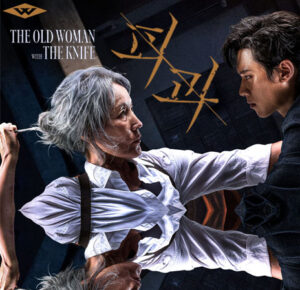

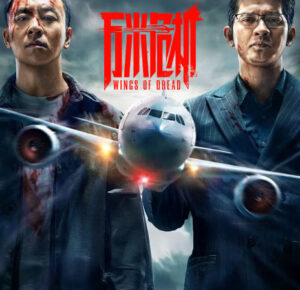

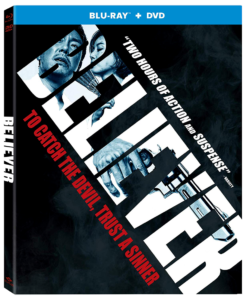
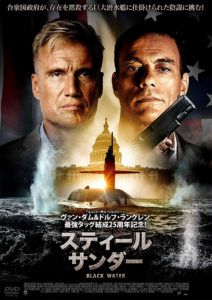


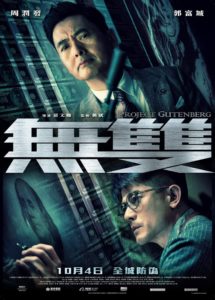
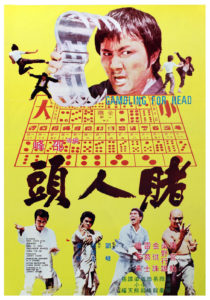
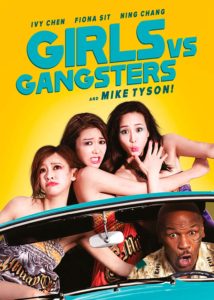


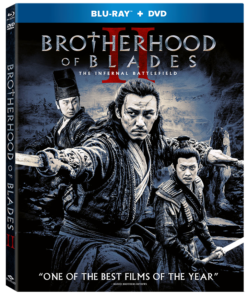
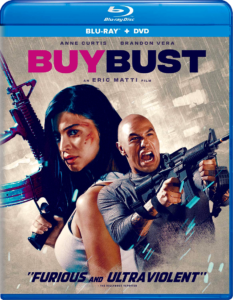


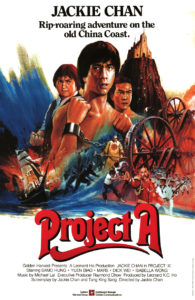
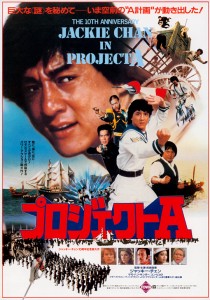




Be the 1st to Comment